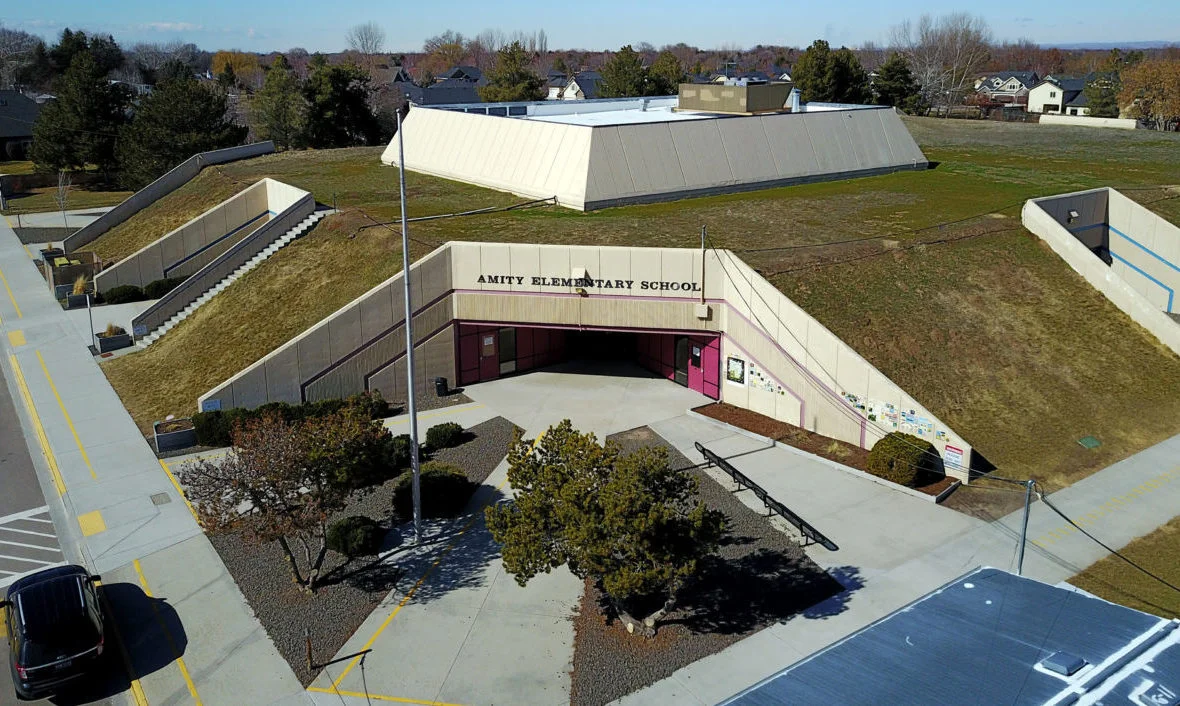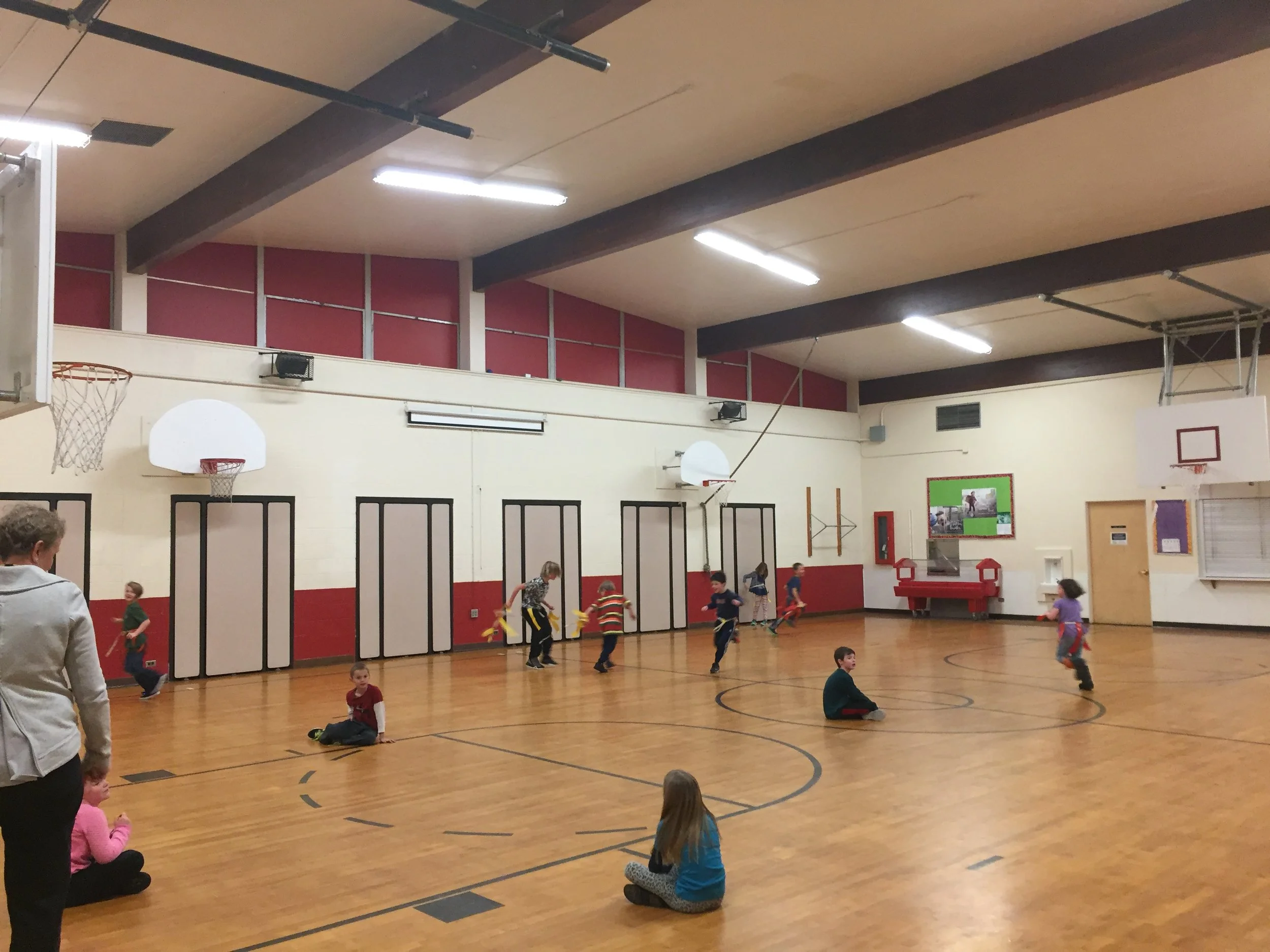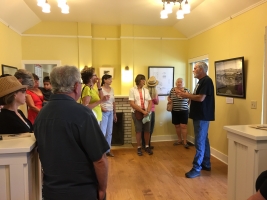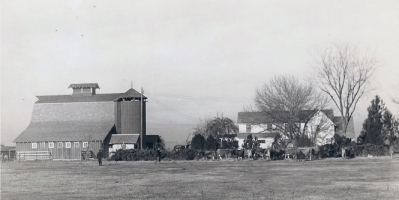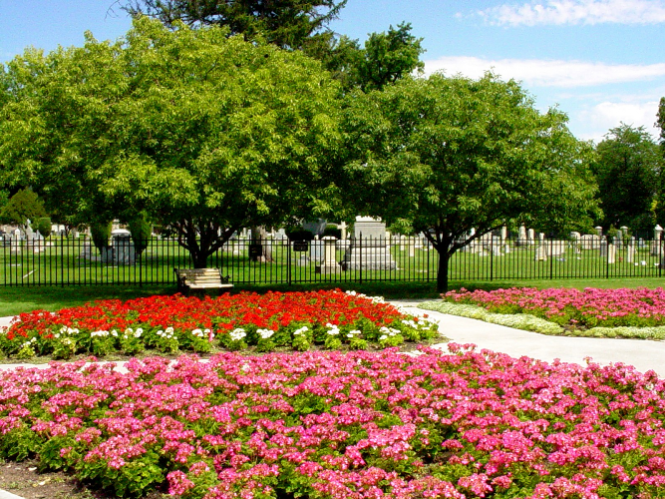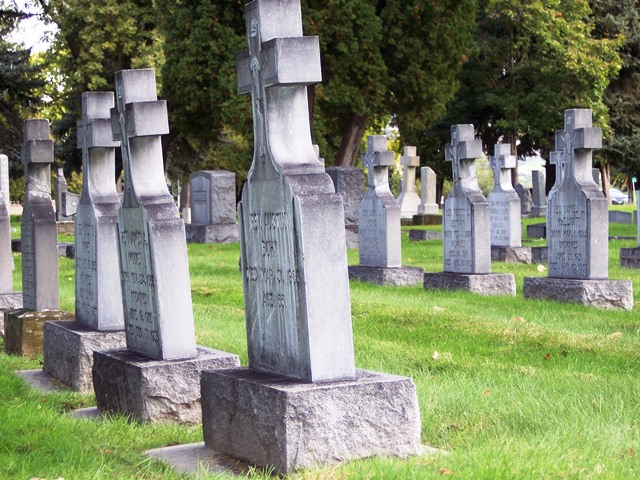Companies give to nonprofits, with no extra cost to you, when you make purchases with them! Find out how you can help Preservation Idaho just by adding them as your nonprofit of choice.
ACTION NEEDED! How YOU can help stop demolition of the Historic Eoff-Brady house with an email to City Council.
With a few hundred supportive emails, we can encourage the city to complete the historic district. Some of the owners in the proposed district will fight this effort and the city needs to know they have the support of the public to do the right thing. This home is irreplaceable in Boise's history. Its architecture and craftsmanship are of the highest order.
Eoff House - New Historic District for Boise
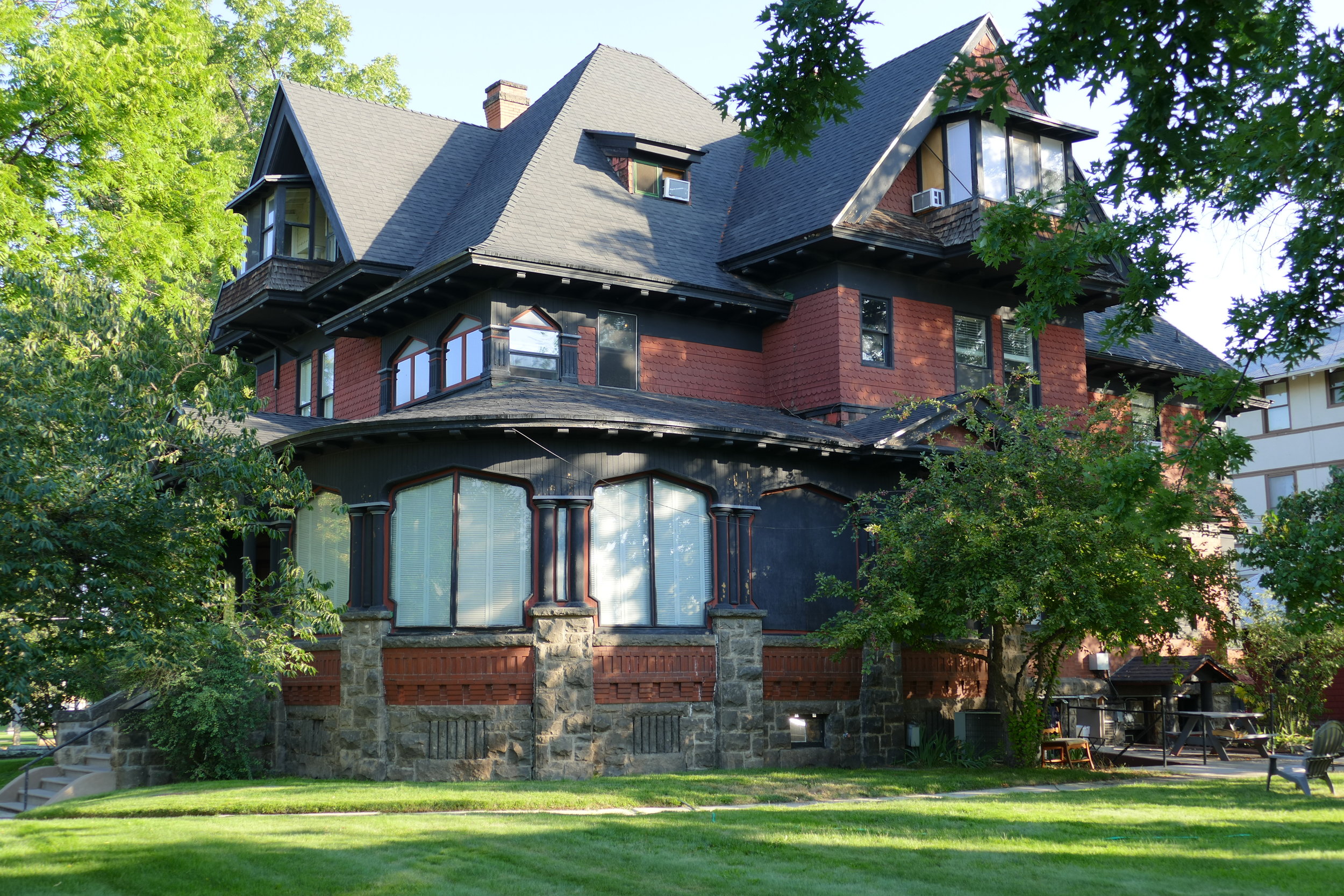
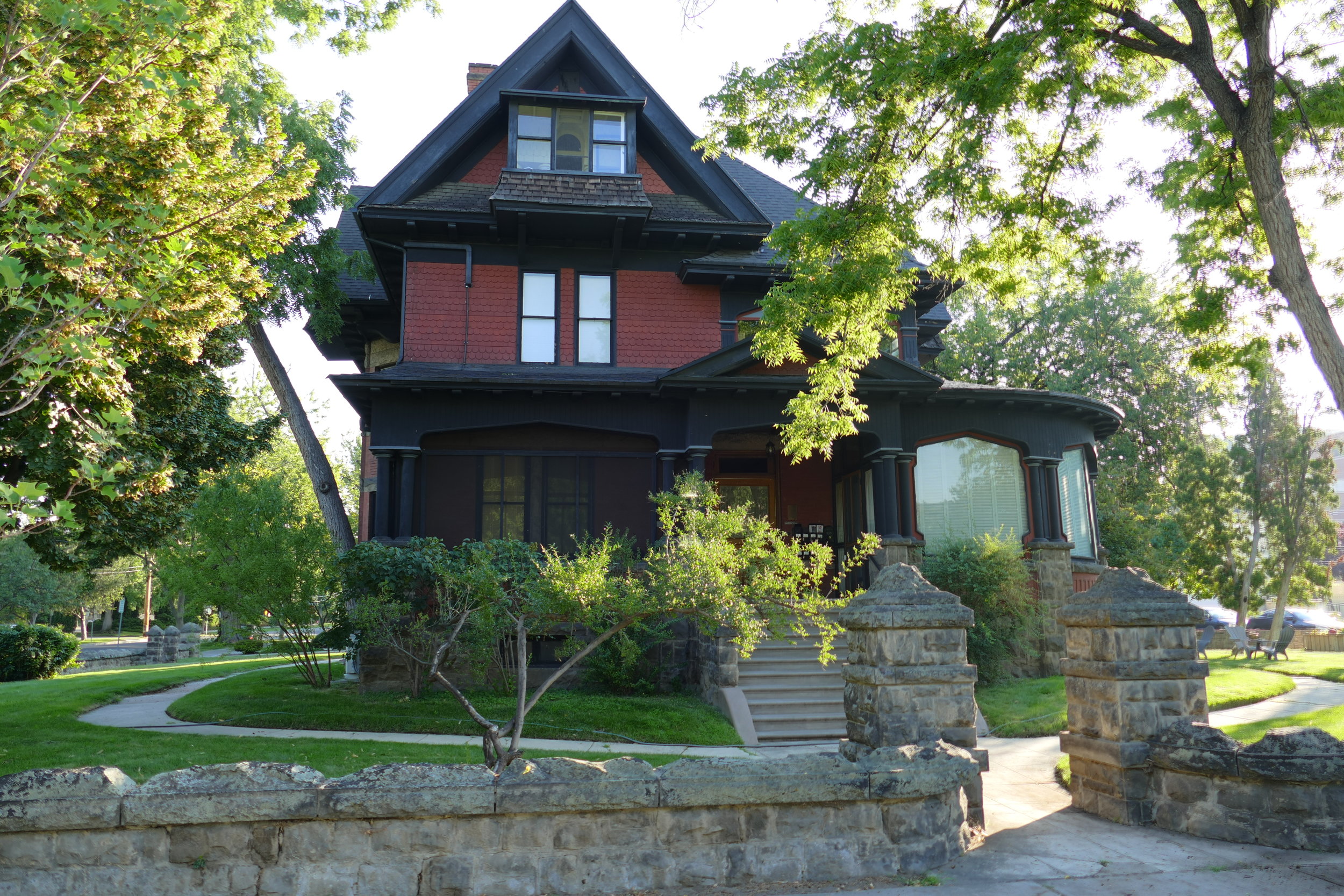
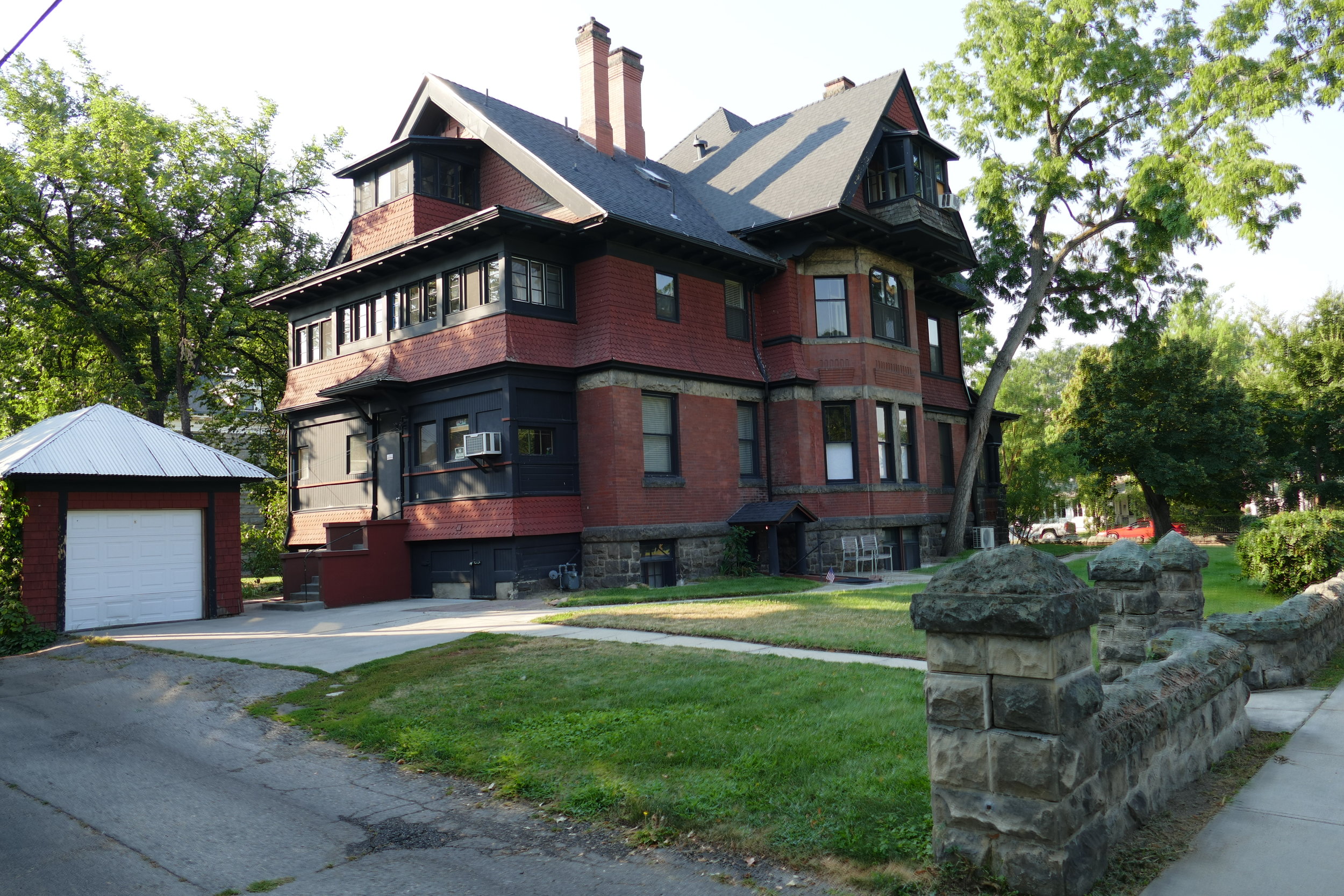
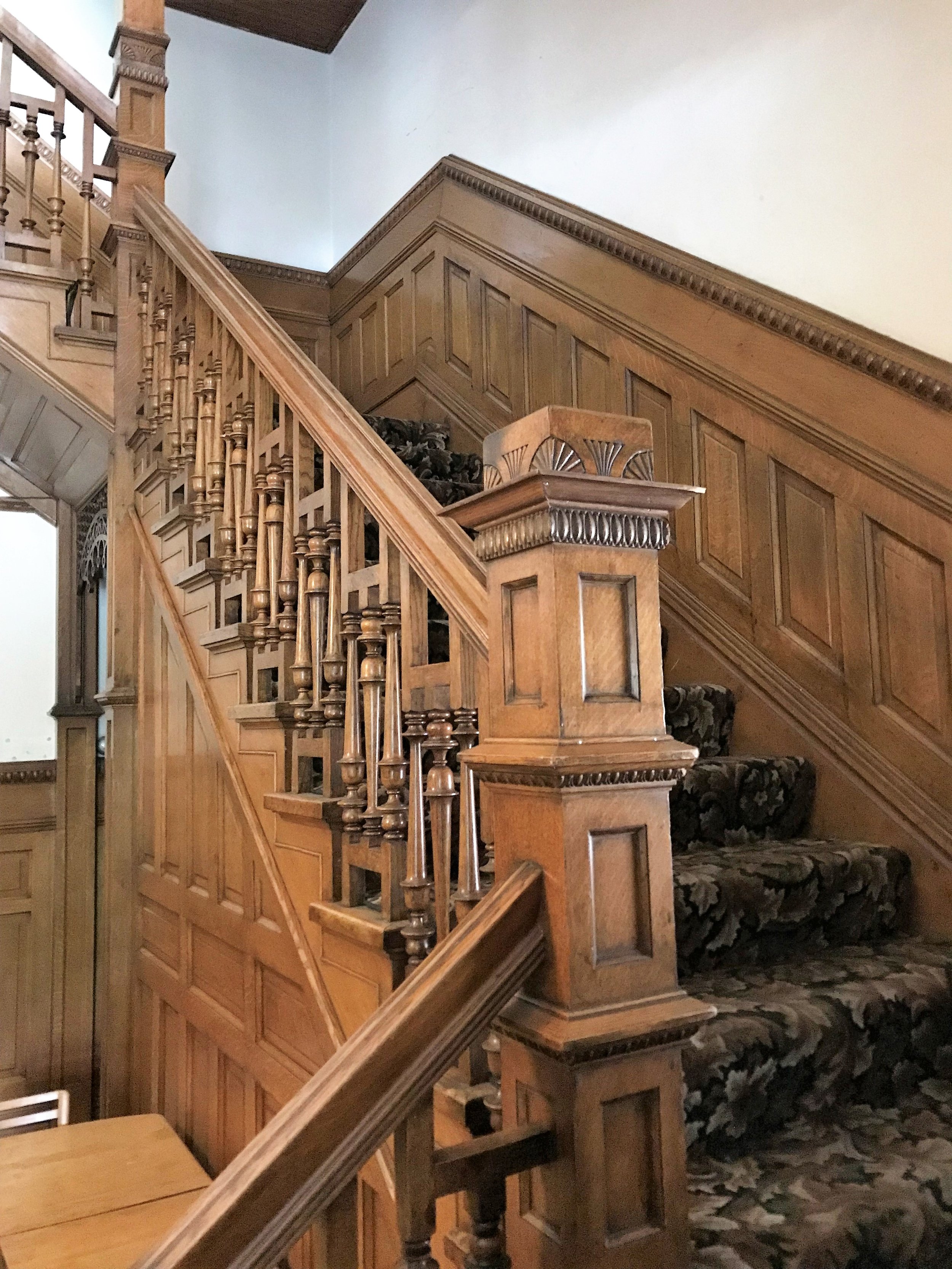

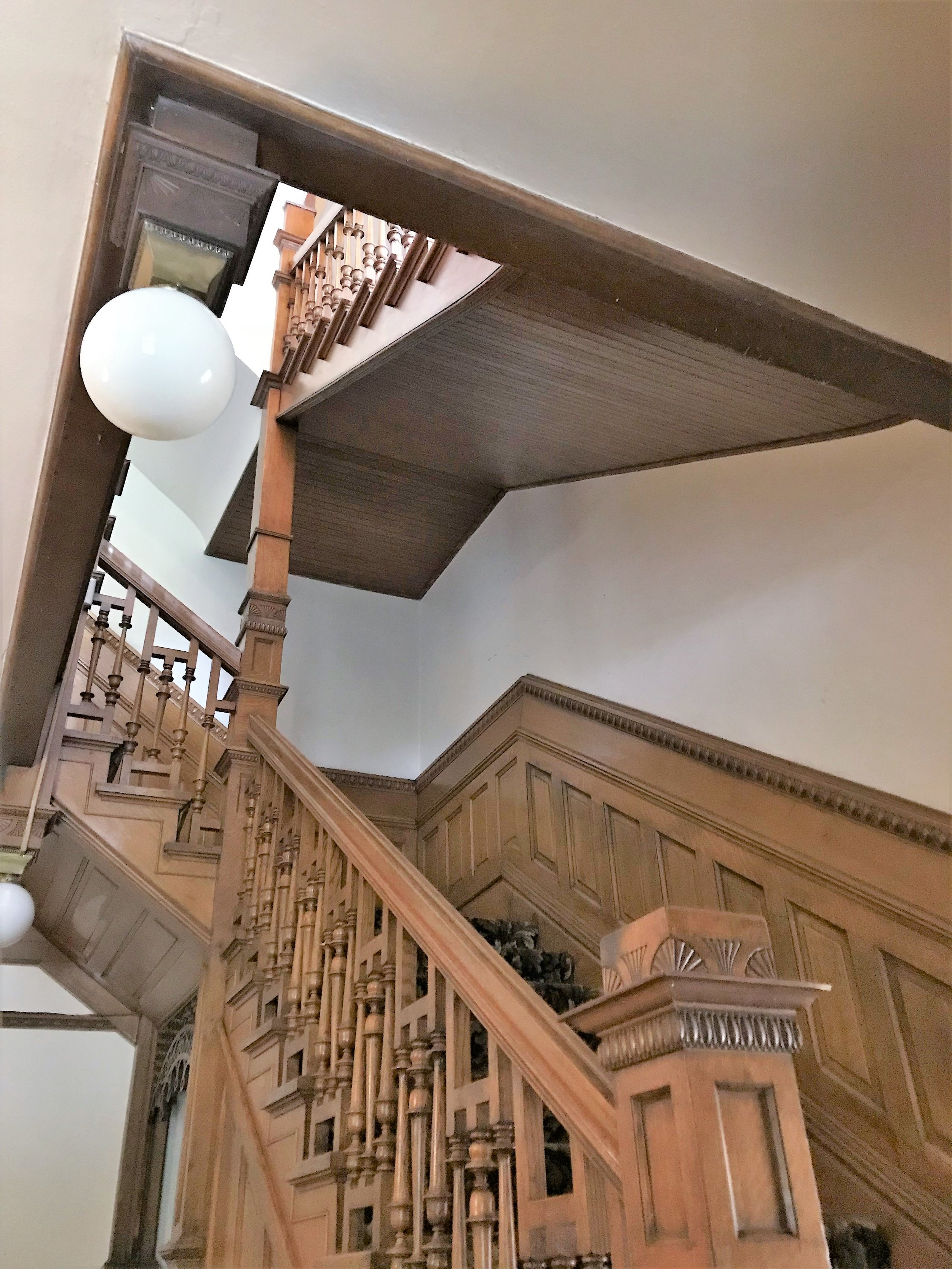
The Eoff/Brady/Hon House is one of the best examples of Queen Anne architecture in the entire city and is listed in the National Register of Historic Places. Built in 1897 and designed by Tourtellotte and Hummel, it has served as a private home, the Governor’s Mansion, and most recently, as apartment housing. The property is now privately owned and the current owner is seeking an investor to allow the house to remain on-site rather than being moved or salvaged to accommodate a new condominium project.
Preservation Idaho is working with the owner to find a buyer or a preservation-minded partner to help in the rehabilitation/update of the home in a historically sensitive manner. This project could qualify for the Federal Historic Rehabilitation Tax Credits. The property includes a developable lot next to the existing home.
Read more about this history of this home on the Idaho Architecture Project Site:
http://idahoarchitectureproject.org/s/1398/Eoff-Brady-Hon-House
Property Description
The Subject Property is comprised of three buildings on a 0.42 acre site. The multi-family residential structure encompasses 10,558+- square feet. Two small outbuildings are located at the rear of the site.
Address: 140 W. Main Street, Boise, Idaho, 83702
Location: Boise City Original Townsite, Block 36, Lots 1-3
Type: Multi-family Residential
Number of Units: 10
Building Area: 3 Buildings encompassing 10,558+- SF
Construction: Brick and stone masonry with wood frame
Parcel Size: 0.42 acres
Zoning: R-OD (Residential Office with Design Review overlay)
Year Built: Main Building 1897; Remaining Buildings c. 1920
Parking: 8 spaces
Heating: Geothermal radiators
Roof: Wood shingle
Tax Identification: Parcel R1013002430; located in Tax Code Area 01-6
Boise City - New Historic District
On August 7, 2018 the Boise City Council issued an emergency moratorium on all demolition permits after learning that the building owner had intended to demolish the structure.
“The owner has explained that the plumbing and wiring in the house are in poor condition and that he does not want to upgrade or reuse the house as part of a larger development. He appears intent on obtaining a demolition permit for the house within the next several months,” Hal Simmons and Ted Vanegas of Boise’s Planning and Development Services wrote in the meeting’s agenda.
While the immediate demolition of the residence is halted Boise City will be considering creation of a new historic district which will incorporate the Eoff House and ten other buildings in a two-block area.
Read more here....
Statesman article: https://www.idahostatesman.com/latest-news/article216277225.html
Boise City press: https://www.livboise.org/liv-stories/2018/boise-city-council-protects-historic-home/
Idaho Forester's Building / The Cabin
We love the idea of a new library for Boise and the architect hired is renowned, BUT, if you have seen the initial proposed site plan, you may have noticed that, ALTHOUGH LISTED IN THE NATIONAL REGISTER OF HISTORIC PLACES, THE CABIN IS GONE (replaced by a patio)!
The final design is far from done so this is the time to act!
The city has not made a final decision but, from our discussions, it appears that the architects were NEVER asked to design a library that keeps the Cabin on-site (even though the Human Rights Memorial next door is being left in place). We think the Memorial and the Cabin are both Boise landmarks and, as preservationists, we are strongly opposed to moving the historic cabin. National Register Listing means something and recognizes the importance of the Cabin to the history of Boise and the State. You can read the actual NR Listing below; especially the Statement of Significance. The creation of the cabin is a great story and underlines why this 1940's building represents an important part of the unique history of Idaho and deserves to be respected in its prominent location on Capital Boulevard. The city is not proposing to demolish the building, but has spoken with the Board of The Cabin about a move to Julia Davis Park. This may seem like a reasonable compromise, but a move negates the integrity of the building and the importance of forestry in Idaho's history. It also diminishes the value of a literary center adjacent to the library, the significance of the site on the Boise River, and may impact its National Register Listing.
The cabin was built specifically to house the Idaho Forester's Office. The story of how it was built and what is inside is just as important as the beautiful exterior and is part of why it is National Register Listed - read more by clicking the button below.
SO, WHAT CAN YOU DO?
Take a moment to email the Mayor and City Council
Let our elected officials know that...
"I would like the architects to be asked to re-design the library to include the cabin with appropriate access and open space that respects its history and its role as the current home for The Cabin's reading and writing programs."
Below are the emails for Mayor and City Council. You can cut and paste text above (or craft your own) into the email.
Mayor Dave Beiter - mayor@cityofboise.org
Council President Lauren McLean - lmclean@cityofboise.org
Council President Pro Tem Elaine Clegg - eclegg@cityofboise.org
Council Member Scot Ludwig - sludwig@cityofboise.org
Council Member Lisa Sánchez - lsanchez@cityofboise.org
Council Member TJ Thomson - tjthomson@cityofboise.org
Council Member Holli Woodings - hwoodings@cityofboise.org
KEEP THE CABIN - ON THE RIVER
The site of the cabin was chosen as a reflection of its purpose and its connection to the rivers and the rugged timberlands of Idaho. Each room's walls are covered with a specific type of lumber from the forests of Idaho. The National Register tells the story of how the design came to be.
Preservation Idaho supported the formation of the Log Cabin Literary Center (to save the cabin from demolition many years ago) and we do not see the value in moving the structure now when it should rightly stand along side the new library, arts and history facility. The unnecessary move of the Cabin will further add to the cost of the library and that money could be used to build the new library itself.
We have the right and the obligation to stand up and speak up for our cultural history and landmarks. Please make your voice heard today!
The city held Open House Public Meetings for input on the library design. Thanks to all our preservation supporters who attended and provided feedback. The city has compiled comments in a report.
Highlands and Amity Elementary Schools
Preservation Idaho worked with the Boise School District Administrators as they make decisions about renovating or replacing Boise Schools as a result of a 175 million dollar bond which passed in 2017.
Highlands Elementary, as a shining example of mid-century school architecture, was the front lines of an ongoing debate about the future of our built environment. In late March, 2018 the School District determined it was in their best interest to demolish and and replace Highlands Elementary. See a collection of images of the property below, with links to local news coverage.
Preservation Idaho also hosted a last look tour of Amity Elementary. This unique 1970's school is slated for demolition when the new school building is completed adjacent to the earth-mounded building. The school reflected the energy-crisis sensibility of the time Boise Architectural Historian Dan Everhart lead the tours.
Update on The Surgeon's Quarter at the VAMC- see how it looks today!
KTVB reporter Morgan Boydston interviews Preservation Idaho past president John Bertram about the rehabilitation of this 1860's sandstone building. Preservation Idaho's unique partnership with the VA helped to save one of the oldest buildings in Boise.
Treasure Valley Preservation Media Roundup
Preservation Idaho has been on the forefront of several advocacy issues in Boise lately. Local News media has been helping provide a balanced view of the concerns face by the preservation community as well as those who advocate for new buildings and development. Here are some highlights.
Booth House/Marian Prichett Property
This property has long been on the radar of Preservation Idaho. The park-like campus in Boise's Historic North End has been owned by the Salvation Army since the 1920's. The property is currently for sale in order for the Salvation Army to build a new, larger campus further west. This property is at the heart of the discussion of preservation of history and how to grow while respecting our historic built environment.
Learn more about the property on our Idaho Architecture Project web page.
KIVI did a news report on February 25, 2018
Idaho Statesman ran a story on February 23, 2018
KTVB did a news report on March 6, 2018
Highlands Elementary
Preservation Idaho has been working with the Boise School District Administrators as they make decisions about renovating or replacing Boise Schools as a result of a 175 million dollar bond which passed in 2017. Highlands Elementary, as a shining example of mid-century school architecture, is on the front lines of an ongoing debate about the future of our built environment and a decision will be made soon to remodel or rebuild from scratch.
Idaho Statesman ran a story on March 4, 2018
KTVB did a news report on March 6, 2018
Saving The Jones House - Media Coverage
Board Member Frank Eld gave an interview about his work saving, preserving and restoring the Jones House. The interview was part of a workshop sponsored by Radio Boise and the Idaho Commission on the Arts. The goal was to find people who were preserving or practicing folk arts or traditions and then produce a radio piece about them.
If you are located in the Treasure Valley you may tune in on Wednesday January 24th at 4:30 p.m. MST to Radio Boise via 89.9 or 93.5 FM, or via the internet at radioboise.us
KTVB also interviewed Frank, to watch the video and read about Frank, follow the link.
Conservation Districts: How they can save neighborhoods!
It can be a challenge to create a new Local Historic District in Boise and across the state, however, the use of Conservation Districts is on the rise. They are easier to implement, if neighbors are willing to support them, and they can help protect what gets built in the case of remodel or demolition. This can be a big step in maintaining the existing architectural style of a neighborhood. Conservation Districts can help to prevent remodels, infills, or new builds that do not sync with the style of historic neighborhoods that have no protection except what is in the city building code while allowing homeowners to update/modify their properties.
Read this article from the Idaho Statesman on how one neighborhood in the East End fought back against a developer who wanted to change the look of their historic block. The article references the use of Conservation Districts in other areas of the city, including those around the proposed CVS Pharmacy on State Street.
http://www.idahostatesman.com/news/local/community/boise/article189437649.html
Society of Architectural Historians - Marion Dean Ross Chapter Conference
A message from the Marion Dean Ross/Pacfic Northwest Chapter of the Society of Architectural Historians:
The Marion Dean Ross/Pacific Northwest Chapter is an affiliated regional chapter of the international Society of Architectural Historians, whose home office is in Chicago, Illinois, USA. The regional chapter encompasses the states of Washington, Oregon, and Idaho, USA and the province of British Columbia, Canada.
We are a small congenial group of people from diverse professional backgrounds who enjoy an interest in architecture. We believe the built environment reflects the culture of our region and we value its contribution to our quality of life.
Our mission is:
* To support and further the objectives of the international Society of Architectural Historians;
* To hold meetings for the study and discussion of historically significant architectural sites in the Pacific Northwest and elsewhere;
* To increase awareness and knowledge of the region's architectural heritage and of the history of architecture worldwide
SAH MDR conference - Save the Date - May 18-20, 2018
Astoria-Megler Bridge. Photo: Marion Dean Ross, 1966
Astoria! The date and location for the annual conference of the Marion Dean Ross/Pacific Northwest Chapter of the Society of Architectural Historians has been set! The conference will be held in Astoria, Oregon, May 18-20, 2018.
Our conference committee is working away, planning a stellar conference, as you can imagine it would be in such a wonderful place. Please mark your calendars.
The Call for Papers will come out next month, in November. Please consider submitting an abstract.
The theme will center around Astoria’s traditional maritime history. It will also focus on the diversity of people who settled in Astoria over time and made it their home through the traditions they brought with them, the traditions they forged once arriving in Clatsop County, and of course, the resulting architecture. As usual, papers are also encouraged that reflect other themes relevant to the chapter’s mission.
We hope to see you in Astoria!
Diana
Diana J Painter
President, Marion Dean Ross chapter
of the Society of Architectural Hstorians
Email: dianajpainter@gmail.com
Tel: 707-763- 6500
Commemorative Tributes to Roosevelt's 1937 Visit to Boise to be Unveiled
Read North End Resident David Klinger's Idaho Statesman article on commemoration of FDR's trip to Boise.
http://www.idahostatesman.com/opinion/readers-opinion/article174796286.html
The VAMC Surgeon's Quarters Open House is a Success!
The Fort Boise Surgeon's Quarters Restoration/Rehabilitation is complete and the building will stand for another 100 years!
Over 200 people attended the Open House on Saturday, August 5th. They toured the building and heard about the history of the building and the rehabilitation work from project leader John Bertram. Preservation Idaho partnered with VAMC Administration and, led by John, gathered funds, construction material, craftsmen, and stories during the one-year project.
We were joined by the Fort Boise Garrison who added period color and authenticity to the day. We also had a great display of tools, provided by Rick Poplack, that helped everyone uderstand how construction was done in the late 19th century. Thank to all of them for helping us celebrate.
The "Quarters for Quarters" program started after a group of school children who toured the VAMC campus with Preservation Idaho donated quarters so that we could try to save Building 4 on Officer's Row. Built in 1863, the building had served as a the Quartermaster's Building and Surgeon's home, as well as VAMC offices. More recently, it stood vacant for over 20 years while the roof and the building deteriorated and was in danger of falling to the wrecking ball.
The VAMC campus is open to the public. While you can't enter the Surgeon's Quarters on your own, you can drive to Officer's Row and admire the beautiful buildings that are still standing; they tell the story of Boise's history, the history of the state of Idaho, and the proud history of our Veterans.
Thanks to the VAMC Administration for partnering with Preservaiton Idaho. We are proud of the work we have done and grateful for all the support we received to make the project come to fruition.
Orchids & Onions Awards in Ketchum on May 20th/Tickets Available
Read about this year's winners and losers in the Idaho Statesman using this link.
Our Annual Signature Event will be held this Saturday at The Community Library in Ketchum, Idaho.
We recognize outstanding preservation projects and Preservationists from around the state.
Help us recognize their efforts and support advocacy in action!
http://www.idahostatesman.com/news/local/article150792067.html
Boise School District's Bond Passed. Now the work begins!
Boise School District's bond was passed on March 14th. The approval of a $172 million dollar program will fund improvements at over 20 campuses. Preservation Idaho supports the work of the school district and our goal now is to work with them to ensure that Boise's precious historic schools are preserved and remodeled sensitively so that their significant characteristics remain intact and future generations of students can continue to walk campuses whose buildings reflects the past AND the future.
Look for our Guest Editorials in the Idaho Statesman and the Idaho Business Review that outline our concerns and our suggestions.
We are asking the school district to hire a qualified Architectural Historian to be on the management/planning team for the Master Plan. Please contact the school district Superintendant and Board of Trustees and let them know that the future of these buildings is important to you and that you support their hiring an Architectural Historian as a permanent part of the project team.
Please send your emails to Jennette Clark, Clerk for the Board of Trustees with a request to share it with them and Superintendent, Dr. Don Coberly.
jennette.clark@boiseschools.org
Background: The school district has stewardship of a large of number turn of the century and mid-century buildings. They are exempted from the guidelines that apply to historic buildings but we continue to talk with them about options for renovation that can avoid the unfortunate outcomes that met Cole, Franklin, South Junior High, and Whitney schools. Boise school buildings are part of the history and legacy that built our city and they deserve consideration and every effort at preservation and rehabilitation.
We have met with the school district several times to tour school campuses and talk about options for improvements that will keep distinguishing features and important resources like maple floors and vintage tiles. Demolition or partial demolition should be a final solution only when other options have been considered.
Preservation Idaho understands the need for the bond and supports improvements in schools that help to provide quality education to students in Boise. We have voiced concern over the plans, as outlined in the Master Facilities Report, that will result in the demolition of schools, like Whittier, Pierce Park, and Amity and the partial demolition of others including Highlands and Boise High's historic gym.
We can support the bond and the improvements it will bring and still hold the school district accountable as stewards of these fine buildings. Both outcomes are possible with proper information, planning, and a team effort BEFORE work is done.
We hope you will take time to join us in our effort and contact them today!
Advocacy In Action: Agriculture and Development in Idaho and How Spaulding Ranch Fits In
This recent article in Boise Weekly by Harrison Berry highlights the "fight" to preserve open space in Boise and around the state and, in particular, looks at the future of Spaulding Ranch. Preservation Idaho has pushed to be involved and stay involved in the decisions that are being made as to how to use the property for the good of the city. Maintenance of the buildings, the trees, and the historic stone fence along Cole Road are all issues that are up for discussion. Read and consider writing to the Mayor and the Parks Department to let your voice be heard.
A Tour of 4 Historic Idaho Cemeteries: Liz Greene
We are delighted that Liz's interest has become a Guest Blog for Preservation Idaho.
We look forward to her next contribution...maybe a Tourtellotte and Hummell expedition she started a few years ago!
We hope you enjoy this tour and take time to visit these sites in person.
Liz Greene was born and raised in Boise and she plans to live out her days here.
Here is her story: I work in marketing, but local history has been a passion since I was introduced to it in the fourth grade. I have two shelves on my bookcase entirely devoted to books about Boise and Idaho's amazing past. Back in 2009, I went on an expedition to photograph what remained of Tourtellotte and Hummel's architecture in Idaho, but I wasn't able to finish. I'm hoping to take it up again soon -- especially now that I have a much better camera. Two of my other great loves are makeup and dogs. Makeup's a hobby (an expensive one, at that) and dogs are....well, they're just amazing. I have two, but I'd prefer to have 100.
4 Historic Treasure Valley Cemeteries Worth a Visit
When I was a child, my friends would hold their breath as we passed graveyards in the car — I’d press my face against the window to get a better look. I wasn’t a trip to the park that I begged my parents for; it was a walk through Morris Hill or Pioneer cemeteries.
Luckily, my parents weren’t put off by my fascination — they actually encouraged it. In my 31 years, I’ve visited so many cemeteries that I’ve completely lost count. However, there are four here in the Treasure Valley that are dear to my heart. I’d like to share a little bit about their history, my favorite times to visit them, as well as some rules on cemetery etiquette and tips on preservation.
Let’s get started!
Image: Boise Parks and Recreation
Pioneer Cemetery
One of the oldest and best-known cemeteries in the Treasure Valley, Pioneer Cemetery has been in continuous use since the area was settled in 1863. There are 1,796 marked graves — but many more exist. A large number of the first interments had markers constructed of wood, which have, unfortunately, deteriorated with time. However, the markers that do still exist feature some of Boise's earliest and most prominent citizens — including eleven Boise mayors, eight Ada County sheriffs, and four Idaho governors.
As so often happens with historic cemeteries, there was a large expanse of time where the cemetery was little used and neglected. Not only were headstones stolen and vandalized, but the cemetery fence disappeared as well. In 1990, the Boise Metro Rotary Club and the Boise City Parks & Recreation Department worked together to restore the cemetery. They installed a new fence, fixed broken tombstones, and erected a historical marker just outside the cemetery.
Pioneer cemetery is truly lovely in the autumn, when the leaves have started to fall and the air is crisp. If you visit in the evening, it’s not uncommon to hear the BSU marching band playing at Bronco Stadium as you walk among the tombstones.
Pioneer Cemetery is located at 460 E Warm Springs Ave, Boise
Image: Boise Parks and Recreation
Morris Hill Cemetery
Morris Hill cemetery began it’s life (no pun intended) in January of 1882, when Mayor James Pinney purchased eighty acres on the bench specifically for the purpose of establishing a new resting place for Boise residents. Pioneer Cemetery was nearing capacity, and prices on the remaining plots had risen.
Since the cemetery was originally platted (creating thousands of available lots), more sections have been added, establishing thousands more. The cemetery currently consists of 60 developed acres, 55 sections, and a mausoleum. There are over 32,000 people interred, and much like it’s predecessor, it’s home to quite a few famous Idahoans — including William E. Borah, Frank Church, Joe Albertson, and J.R. Simplot.
Thanks to the abundance of mature shade trees, Morris Hill is one of my favorite summer destinations. Be sure to print out a map and enjoy the walking tour.
Morris Hill Cemetery is located at 317 N Latah St, Boise
Image: Visions Paranormal Society
Fort Boise Military Cemetery
Fort Boise Military Cemetery (colloquially known as Cottonwood Cemetery) was originally located a half mile south at the old Boise Barracks. In 1906, a flash flood overtook Cottonwood Creek, causing major damage and erosion to the graves — prompting the cemetery to be moved to a safer location.
Initially, a total of 166 graves were moved. However, many more were discovered at the original site throughout the 20th century, and have subsequently been dis and reinterred. Today a total 247 enlisted men, officers, officers' family members, and civilians rest in the Fort Boise Military Cemetery.
Shortly after World War II, the Department of Veterans Affairs deeded the cemetery to the city of Boise with the understanding that it would be maintained as a historic site — and kept in its natural state.
Since the site was isolated from the late 40s through the early 70s, vandals took their toll on the beautiful white markers, using them as target practice or just outright stealing them. In 1978, in order to retain the ecological state of the land, the Park Board of Commissioners named the area surrounding the cemetery a reserve. Thanks to the development of trails, road access, and recreation opportunities, increased use has greatly reduced vandalism.
Fort Boise Military Cemetery has a stark beauty. The rows of uniform, white tombstones among native, high desert plants give the cemetery an oddly abandoned look — yet it’s much the same as it looked at the turn of the century. Winter is my favorite time of year to visit this gorgeous graveyard. The snow and surrounding foothills create a reverent silence that’s beautiful to behold.
Fort Boise Military Cemetery is located at 1101 Mountain Cove Rd, Boise
Image: Mike Powell
Pioneer Cemetery (Idaho City)
Despite being in continuous use since 1863, Pioneer has the air of an abandoned, ghost town cemetery. It is estimated that over 3,000 graves are scattered through the forty forested acres, but only 300 markers still stand. Of the first 200 graves, only 28 belong to those who died of natural causes. From mining accidents to murder, life in Idaho City wasn’t easy for pioneers — and neither was death.
What remains of Pioneer Cemtery has been lovingly repaired, restored, and maintained by the Idaho City Historical Foundation.
Pionner is absolutely gorgeous in the spring. The smell of pine, gusts of cool air, and crunch pockets of snow mesh perfectly with the rusting iron fences and crumbling gravestones of this mountain cemetery.
Boot Hill Cemetery is located just outside of Idaho City. Take main street and follow the signs.
Image: Idaho Heritage Trust
Tips for Cemetery Tourists
Most cemeteries welcome tourists, but there are some rules and etiquette to keep in mind.
●Before your visit, read guidebooks and/or the cemetery website so you know what to expect. Check specific opening hours and holiday closures. If there is a cemetery office, ask for a map or directions to find the locations of your “must-see” grave or monuments. Some cemeteries provide guided tours for a small fee. Proceeds from these tours usually support preservation efforts, so it’s definitely worth it to fork over a few bucks.
●Most cemeteries permit photography — but check with the office first.
●Don’t lean, stand, or walk on headstones and tombs.
●If you see something amiss (i.e. vandalism), inform cemetery staff.
●Be quiet and respectful to the people around you — there may be active burials taking place during your visit.
Preservation
Many of Idaho’s cemeteries have been threatened by neglect, insufficient funds, and urban renewal. We owe more to these sacrosanct places than to simply let them fall to the wayside, forgotten along with the pioneers and trailblazers that rest within. Thanks to the tireless work of Boise City Parks and many volunteers, the cemeteries on this list will remain for generations to come. However, other cemeteries may not be as lucky.
If you’re interested in protecting one of Idaho’s many cemeteries, consider starting a support group to work as a neutral party in planning for a cemetery’s preservation and maintenance. Here’s a rundown of how to get started:
●Determine — and coordinate with — the owners or governing agency responsible for the land.
●Seek funding and partners. Since cemeteries are highly local in nature, look for partnerships with historic societies or civic groups.
●Pursue historic site designation. Unless it is part of a historically significant property, or resides in a historic district, it’s hard to get a cemetery listed on the National Register of Historic Places. However, getting listed on a state or local register is still advantageous, as it makes the site eligible for funding.
●Arrange for training and technical assistance. Volunteers will need to learn necessary skills such as surveying and documentation, stone cleaning and resetting, and site maintenance before getting to work. Coordinate with local historical and preservation societies to arrange such training and connect with people who have the technical skills to help. Ask for locals knowledgeable in stone work, masonry, and ground penetrating radar (for finding unmarked graves).
●Create a map and conduct surveys. Having a detailed and accurate map of the site is critically important to the preservation process, as it creates a record to work from in the future. Mapping and surveying should include:
- All graves (marked and unmarked)
- Pathways
- Walls
- Fences (both for the perimeter and enclosures)
- Trees and other vegetation
- Any other features or buildings.
- Develop a maintenance plan. Prioritize loose or unbalanced markers, unstable surfaces, and crumbling retaining walls. After any safety issues are resolved, move on to fixes like iron and stonework. After the initial restoration, the cemetery will require significant ongoing maintenance. Consider hiring a groundskeeper, and then relegate all non-plant related care (such as inspecting grave markers for damage) to volunteers.
For more information on cemetery preservation, please contact Preservation Idaho, the Idaho Historical Society, and Idaho Heritage Trust.
Idaho is fit to burst with everything from lively, active cemeteries to those in deserted ghost towns. The four on this list are just a few personal favorites, but there are many more in the Treasure Valley (and beyond) worth visiting — so put on a good pair of walking shoes and get out there.





